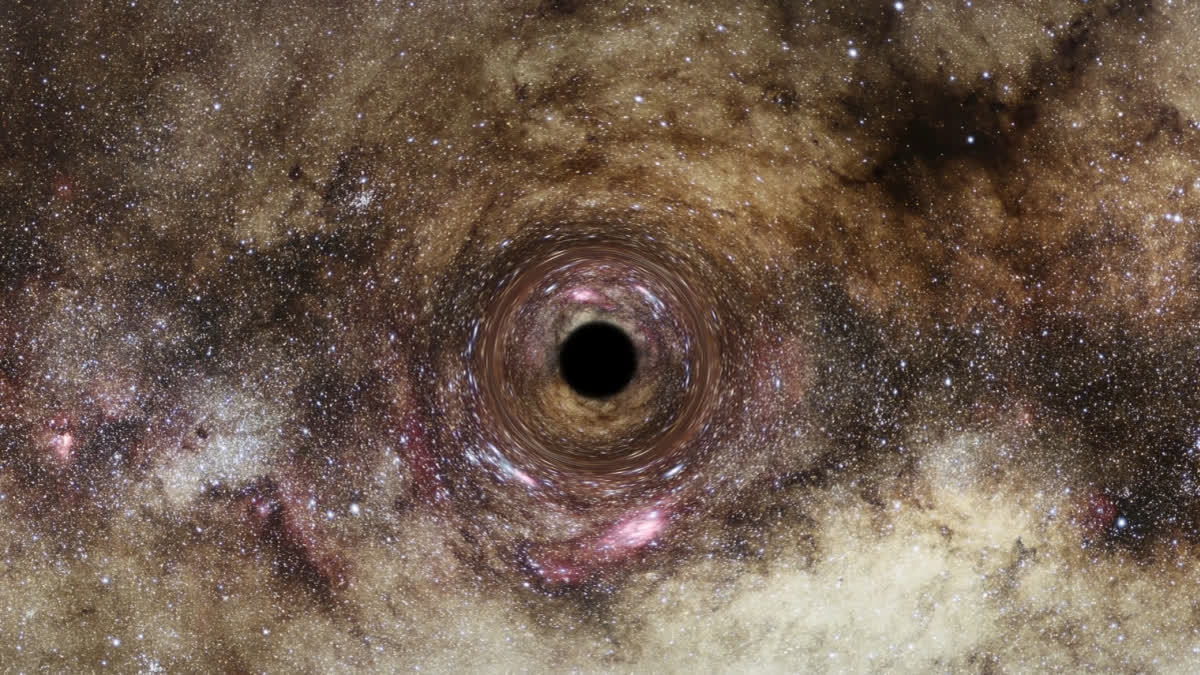New Delhi: Astronomers have discovered one of the biggest black holes inside a galaxy hundreds of millions of light-years from Earth, through gravitational lensing for the first time, throwing the field open for detecting more black holes and investigating their origins. Gravitational lensing is where a foreground galaxy bends the light coming from a more distant object and magnifies it.
The researchers, led by Durham University, UK, by closely examining how light is bent by the black hole, found an ultramassive black hole with a mass of over 30 billion times the mass of our Sun in the foreground galaxy - a scale rarely seen by astronomers, they said in a study. The findings are published in the journal Monthly Notices of the Royal Astronomical Society.
This is the first black hole found using the technique, whereby the team simulated light travelling through the universe hundreds of thousands of times, they said. They also said that each simulation included a different mass black hole, which changed light's journey to Earth.
Also read: No atmosphere found at faraway Earth-sized world, study says
When the researchers included an ultramassive black hole in one of their simulations, the path taken by the light from the faraway galaxy to reach Earth matched the path seen in real images captured by the Hubble Space Telescope, they said. A gravitational lens occurs when the gravitational field of a foreground galaxy appears to bend the light of a background galaxy, meaning that we observe the background galaxy more than once. The lens also magnifies it, allowing scientists to study it in enhanced detail.
"Most of the biggest black holes that we know about are in an active state, where matter pulled in close to the black hole heats up and releases energy in the form of light, X-rays, and other radiation. "However, gravitational lensing makes it possible to study inactive black holes, something not currently possible in distant galaxies. "This approach could let us detect many more black holes beyond our local universe and reveal how these exotic objects evolved further back in cosmic time," said lead author James Nightingale, Department of Physics, Durham University. (PTI)



